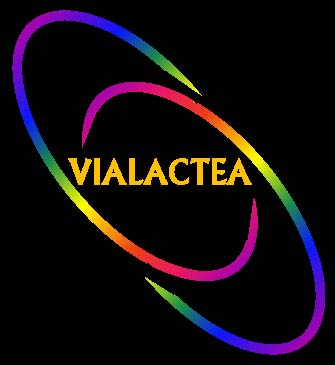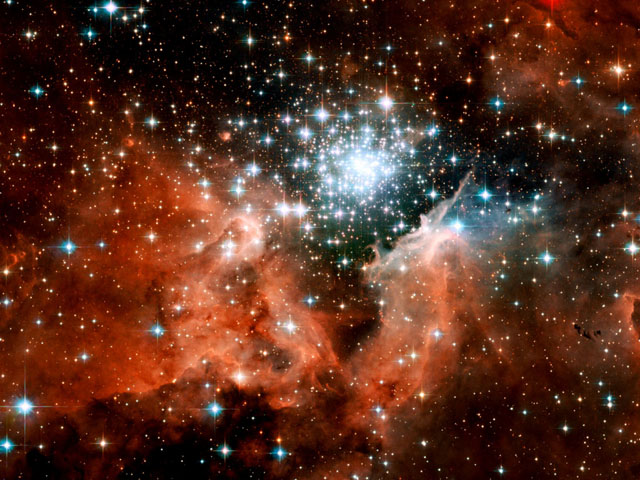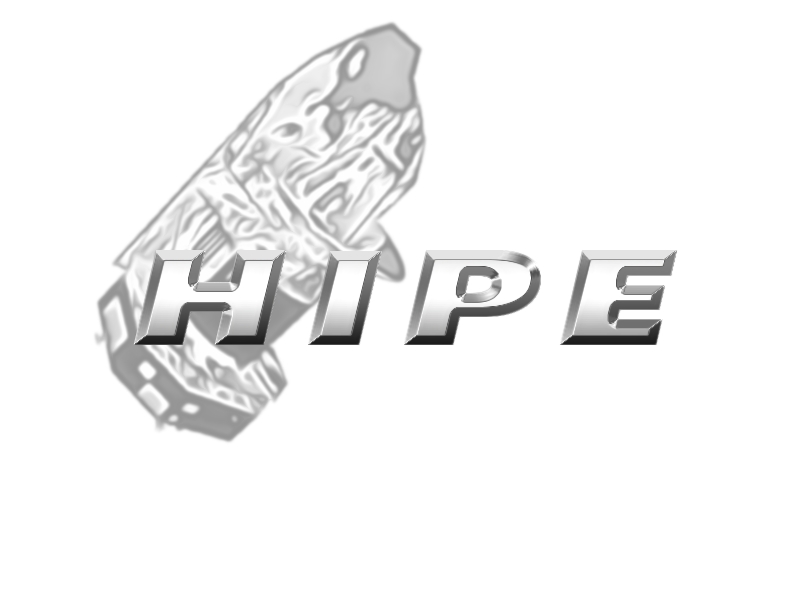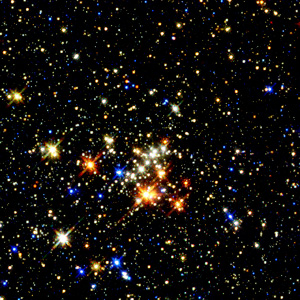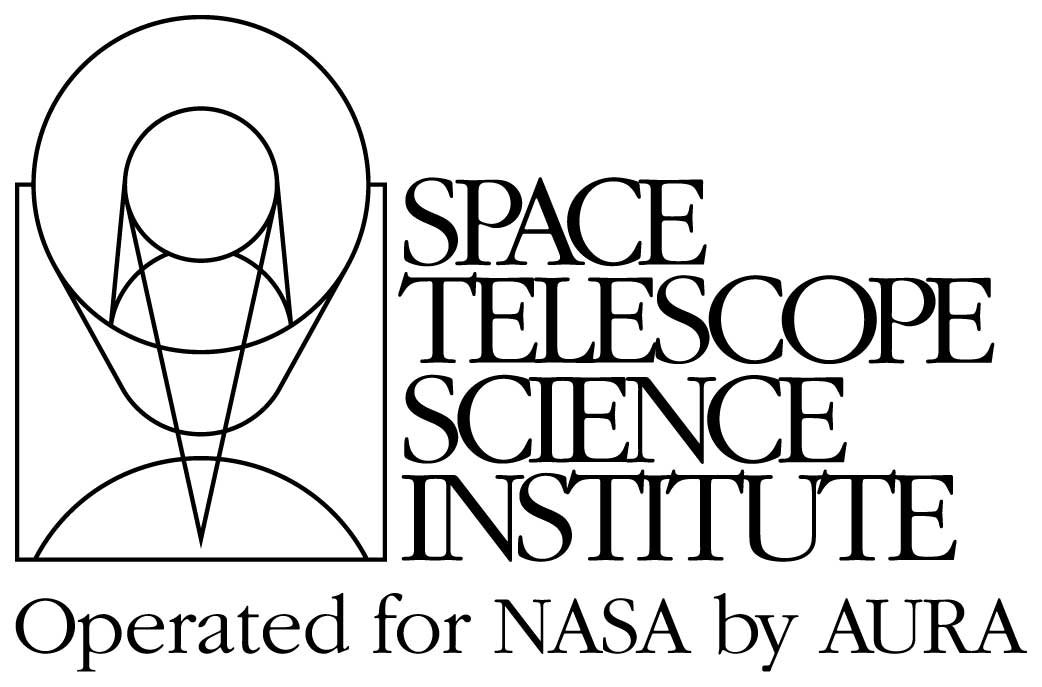| Graduate research at University of Cologne
I have successfully applied for a Ph.D. position to University of Cologne and I became a member of Prof. Dr. Jürgen Stutzki's team. Due to my fields of interest (astro- and molecule-chemistry, (sub)mm astronomy, molecules in the ISM, and PDRs), I have been involved in few scientific projects but I mainly focused on WADI).
The physical and chemical processes in molecular clouds are strongly interconnected; the density and temperature of interstellar material define the possible chemical reactions. The surroundings of young and massive stars are heavily influenced by UV radiation emitted by these stars and that radiation and possibly strong stellar winds govern the local physical, and chemical conditions.
Within WADI (PI: PD. Dr. Volker Ossenkopf), I investigated these interactions via observations of NGC 3603. During my work, I am focused on three basic scientific topics, namely the chemistry, dynamics and energy balance of molecular clouds. Of course, there are many questions which are need to be answered and I have been trying to find reliable responses: what kind of physical processes and conditions can trigger star formation in molecular clouds; how the UV radiation field interacts with molecular clouds (and/or how the strong stellar wind, provided by hot and young massive stars, influences the interstellar gas in their environment). I am also interested about the different chemical reactions: which reactions dominate and could lead to the formation of more complex molecules. Observing light hydrides (CH, NH etc.) and derive column densities can help to improve chemical models. Carbon species (12CO, 13CO, 12C+) could also allow to determine abundance ratios that can point to better understanding of carbon fractionation which is still not clear. Because Herschel has a very good velocity resolution, the investigation of detected emission lines can help to study the velocity structures of an observed molecular cloud. Investigation of the physics of energy balance can be done by, for example, comparison of cooling line intensities ([OI], [CII]).
Because I am also a member of HIFI-ICC, I am occasionally visited SRON institute in The Netherlands and I learnt to use Herschel Interactive Processing Environment (HIPE) and make some tests of different observation IDs and packages of HIPE for check any strange or unusual behavior of the softwer. |
 |

